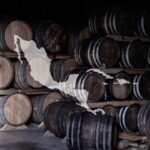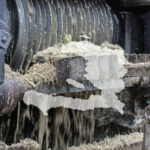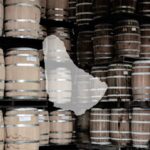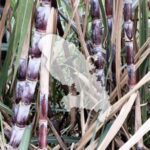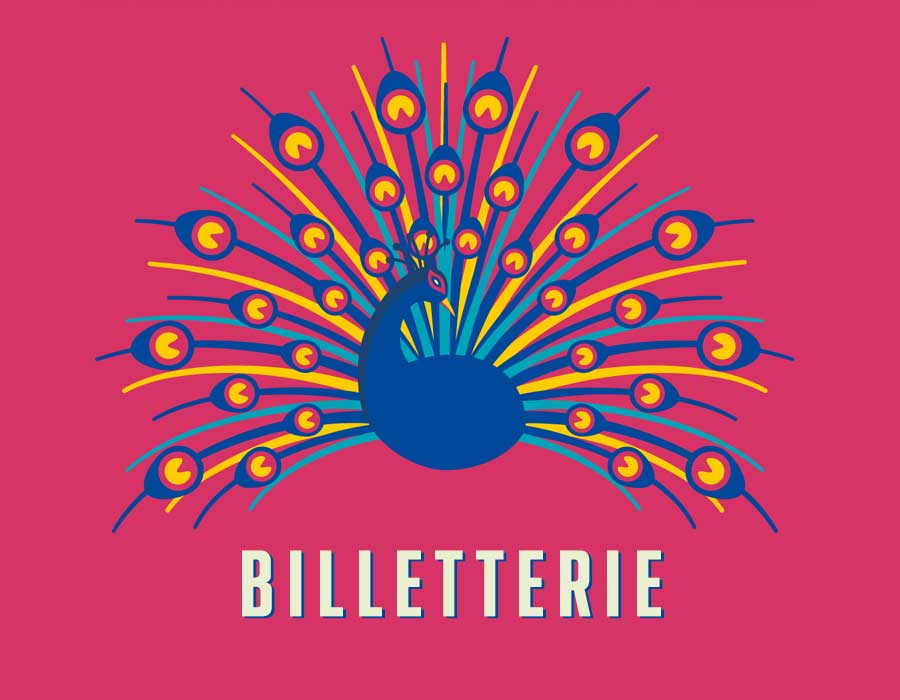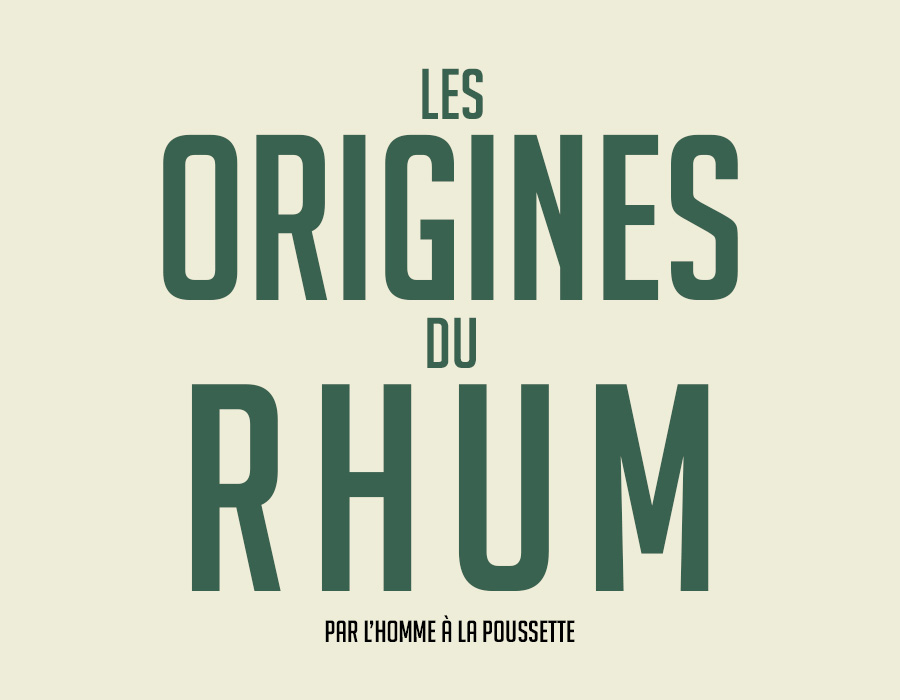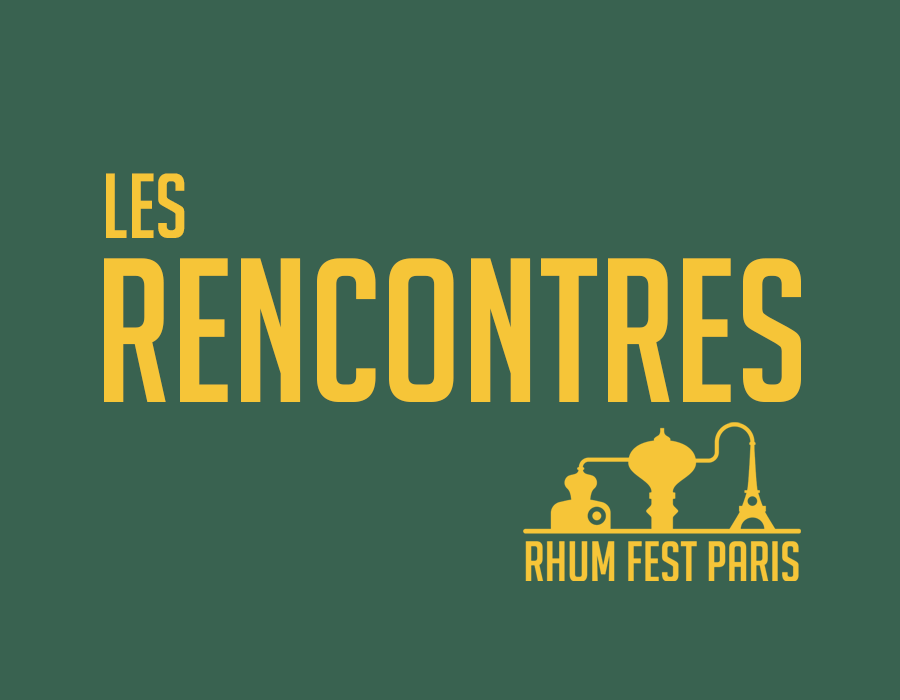Brazilian rum (cachaça), go to the bottom of the bottle
Why does a rum (cachaça) from Brazil develop this aromatic profile? Let’s go from the bottle to the cane to find out.
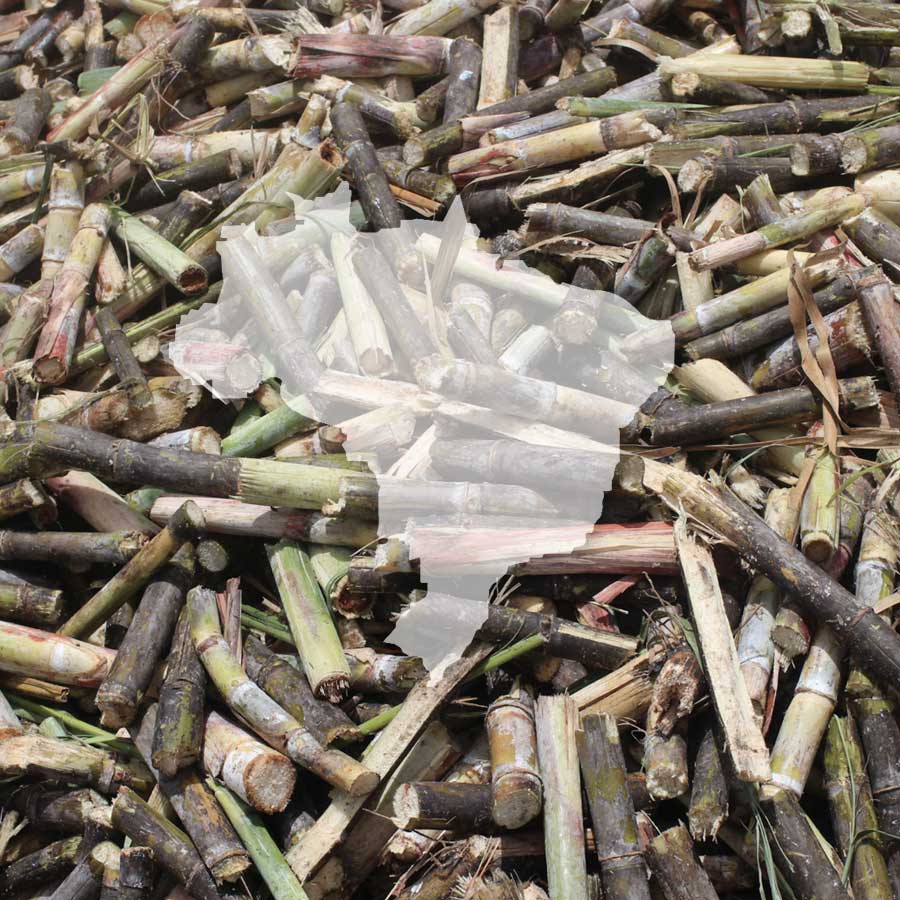
Photo d’illustration © Anne Gisselbrecht
You always want to learn more and understand more about Rum (yes, with a capital R). A vast and sometimes complex world, it’s not always easy to find your way around. As if things weren’t complicated enough, some cane brandies have names other than the usual rum/rum/ron. This is the case, for example, with Brazilian cachaça.
On the other hand, the good news is that your specialist wine merchant – who is becoming your best friend, given the frequency of your visits – has a not inconsiderable choice in this area.
When you ask him the difference between cachaça and rum, he remains evasive, which, as we shall see, is completely understandable.
On his good advice, you leave with a bottle of white rum – sorry, white cachaça.
You only know two things about this spirit: it comes from Brazil and is used to make caipirinha, the famous cocktail with added sugar, lime and ice. Let’s see what your fresh catch has to tell you.
With the bottle uncorked, you pour a few centilitres into the appropriate glass (no, still no Winnie the Pooh mustard glass). Immediately surprised by its expressive character, this cachaça is irresistibly reminiscent of an ‘agricultural’ rum.
With its aromas of fresh sugar cane, its vegetal and slightly earthy notes, the clues lead you to believe that the raw material used is nothing other than freshly squeezed sugar cane juice. Bingo! What emerges from the glass, however, is a more rustic identity, reflected in the relatively intense earthy and herbaceous notes you smelt.
You may be thinking that this Brazilian cane brandy is simply a form of rum made from pure cane juice. Well, you’re both right and wrong – it’s not quite that simple. Let’s see what it’s all about.
To begin with, the legal definitions of cachaça vary around the world. In Brazil, for example, there is a set of rules – which we’re going to look at – which are not exactly the same in the United States, while in Europe there is simply no definition of this alcohol.
So I’m not going to dwell on what the situation is like over here, because… there is nothing.
The official Brazilian text stipulates that cachaça must be obtained exclusively by distilling fermented cane juice, and that the cane must have grown on Brazilian soil. Distillation must take place in a single pass. The alcoholic percentage at bottling must be between 38% and 48%. Water, colouring caramel and sugar (6 g/L) are the only elements that can be added after distillation. Anything else? No, that’s it..
There are therefore very few rules governing the cachaça appellation. The yeasts used, the duration of fermentation, the alembic used, the degree of pouring… all this is kept under wraps.
So you can easily deduce that there is no single style of cachaça.
At one extreme, you’ll find a cachaça fermented with wild yeasts and discontinuously distilled in a small copper still, bottled without reduction.
At the other, an alcohol more akin to vodka, spat out at a very high alcoholic percentage through multiple columns.
Fortunately, the one recommended by your wine merchant belongs to the first category (sometimes called ‘traditional‘), which explains its expressive profile dominated by a vegetal, earthy cane.
To get a clearer picture, let’s look at some figures.
Brazil is the world’s largest producer of sugar cane, producing over 1.5 billion litres of cachaça every year. Barely one per cent is exported.
There are several thousand producers scattered across the country, but over 75% of annual production is in fact handled by distilleries with multi-columns.
So much for non-aged cachaças – most of which fall into this category. There are, however, some that spend some time in wood. The terminology used is governed by law (in Brazil).
From the youngest to the oldest, the following names are used: Ouro, Envelhecida, Premium and Extra premium. To qualify for the latter, a cachaça must have spent a minimum of three years in a cask with a maximum capacity of 700 litres.
There are also restrictions on certain chemical compounds, but as I don’t intend to make you take a nosedive in your glass, I’ll refrain from detailing them.
I won’t dwell on the ageing of cachaça, apart from one point: there are no restrictions on the types of wood used. In other words, there’s no obligation to use oak.
This opens up a whole new range of possibilities, especially when it comes to using local trees that can’t be found anywhere else. These include Amburana, Bálsamo and Araruva. Of course, such casks will bring aromas that are totally unknown to our little European palates.
Armed with all these explanations, you’ll be in a much better position to appreciate your cachaça.
And now you probably understand why your wine merchant was a little vague about the relationship between rum and cachaça, which is anything but elementary.
And, as I like to complicate things that are already not so simple, it should also be noted that there is also rum (in the literal sense) in Brazil. Independent bottlers have marketed several bottles whose juice comes from the Epris distillery. Yet another avenue to explore.

